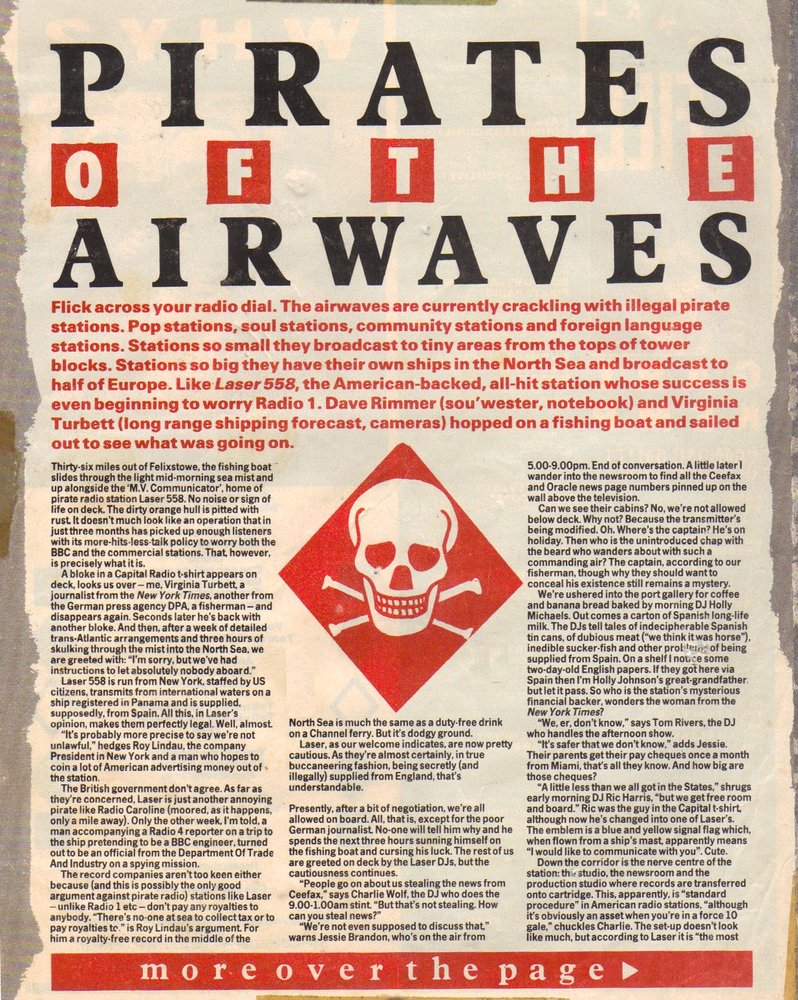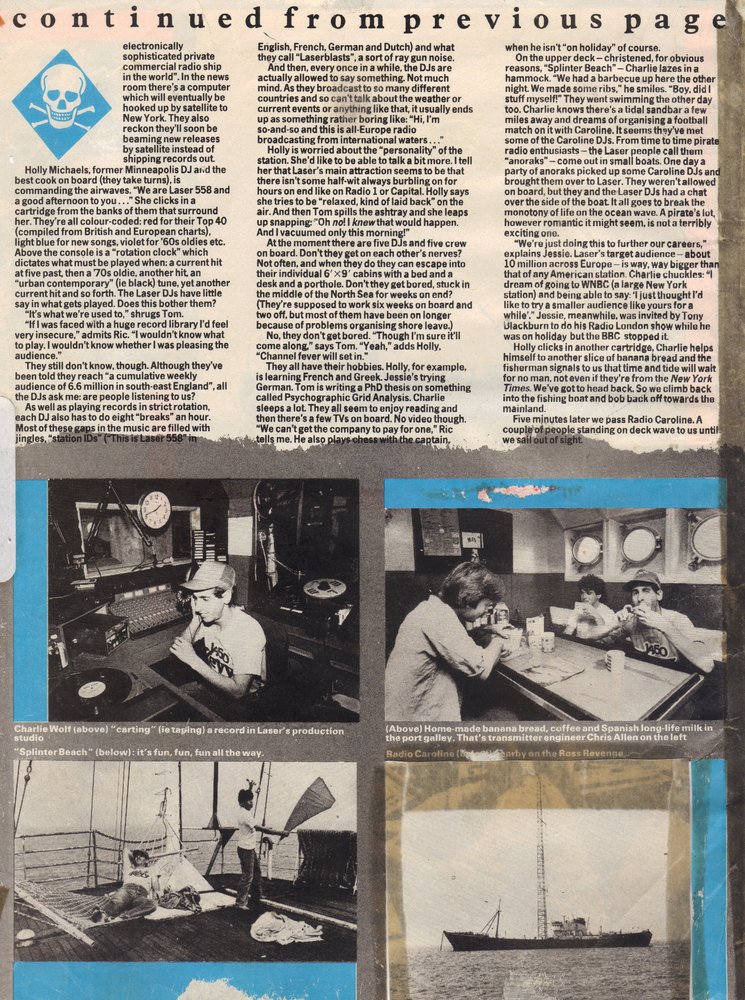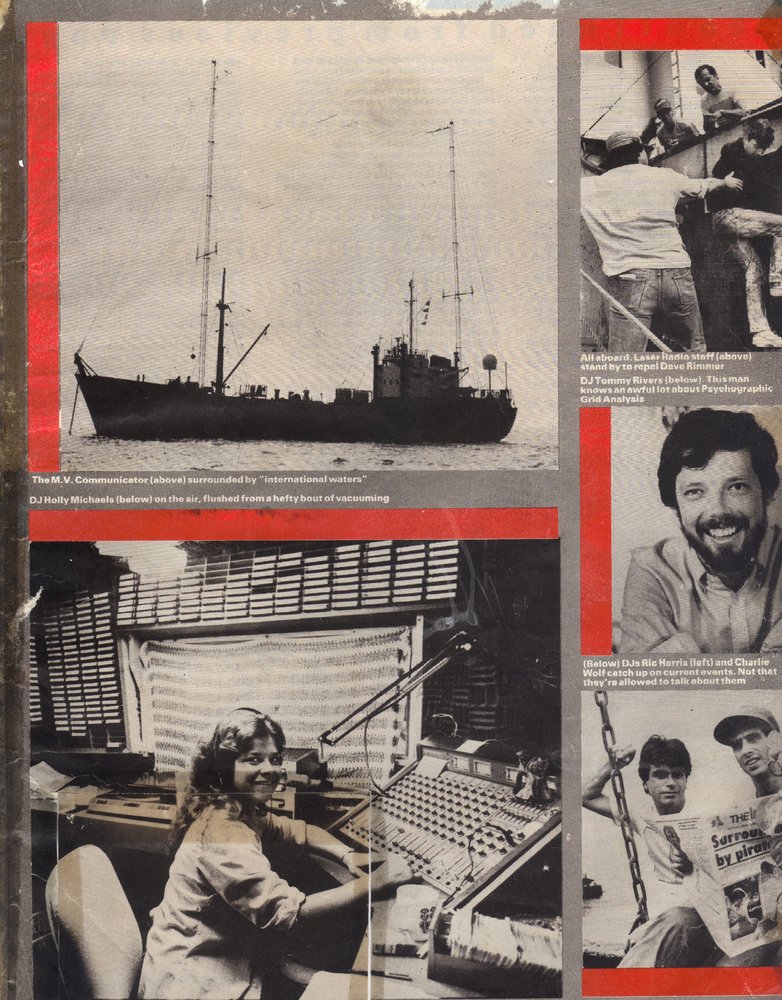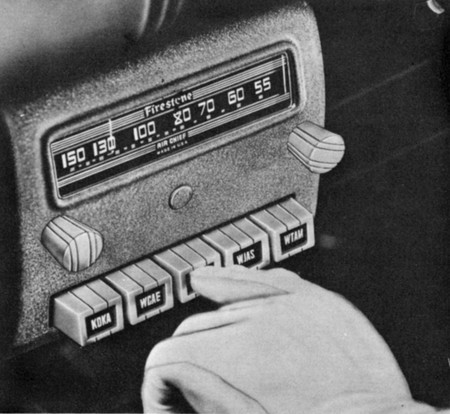Near FM, in association with Phoenix FM and the Irish Traditional Music Archive, is proud to present a unique live broadcasting event during Heritage Week 2017.
Within a Mile of Dublin: Songs & Tunes live from ITMA is a two-part live radio broadcast from ITMA on Merrion Square which will take place on Sat Aug 19th and sat Aug 26th from 1-2pm.


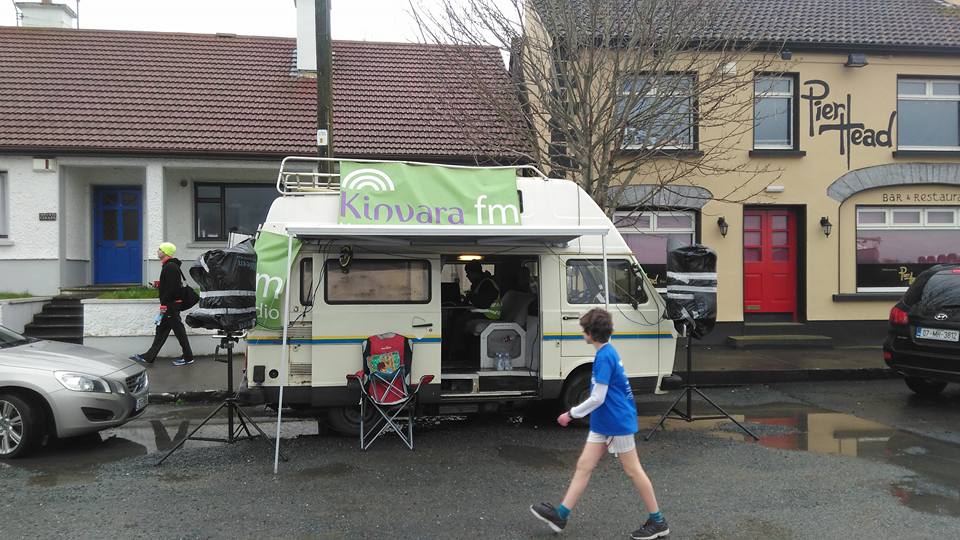 .
.
